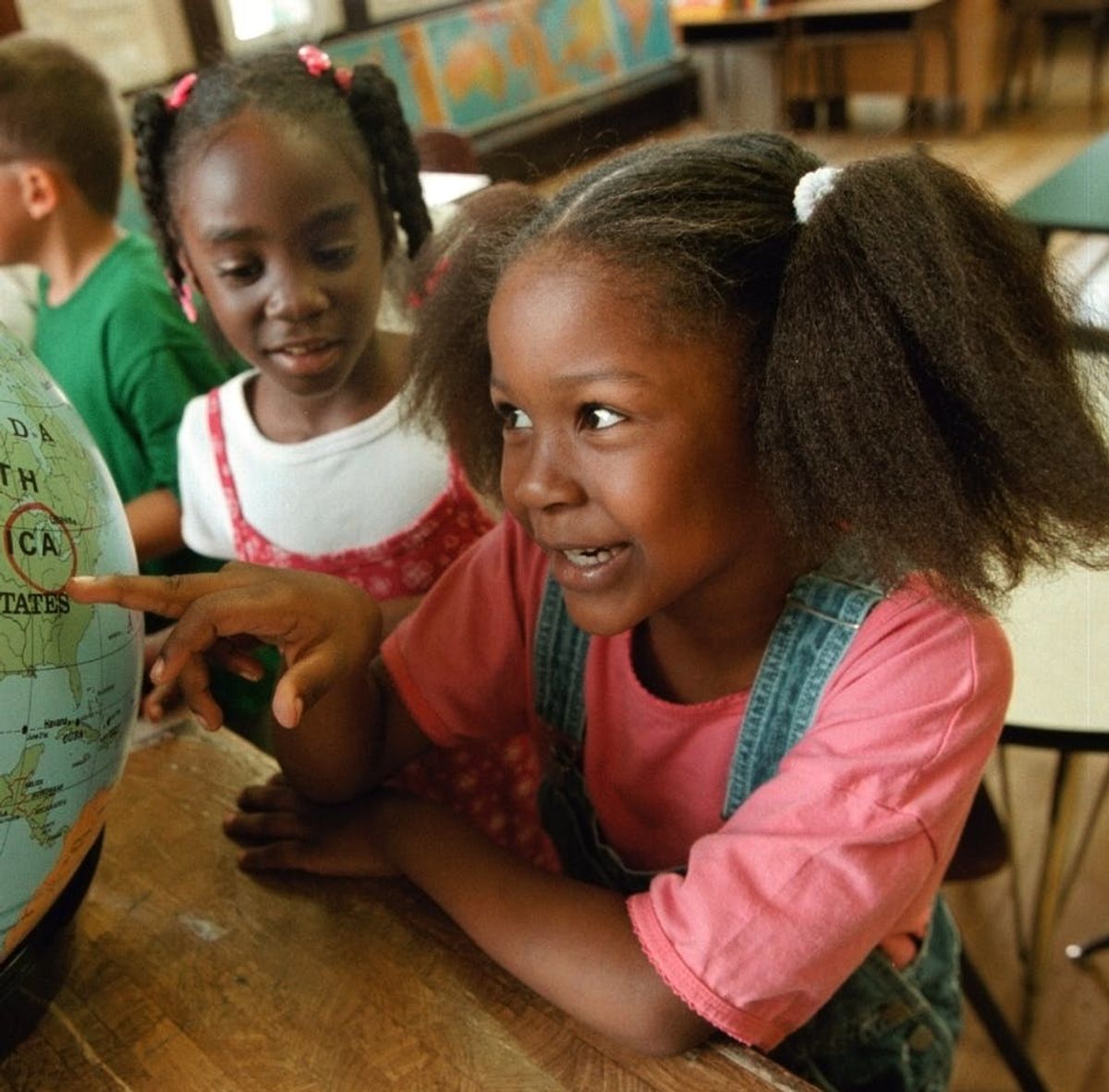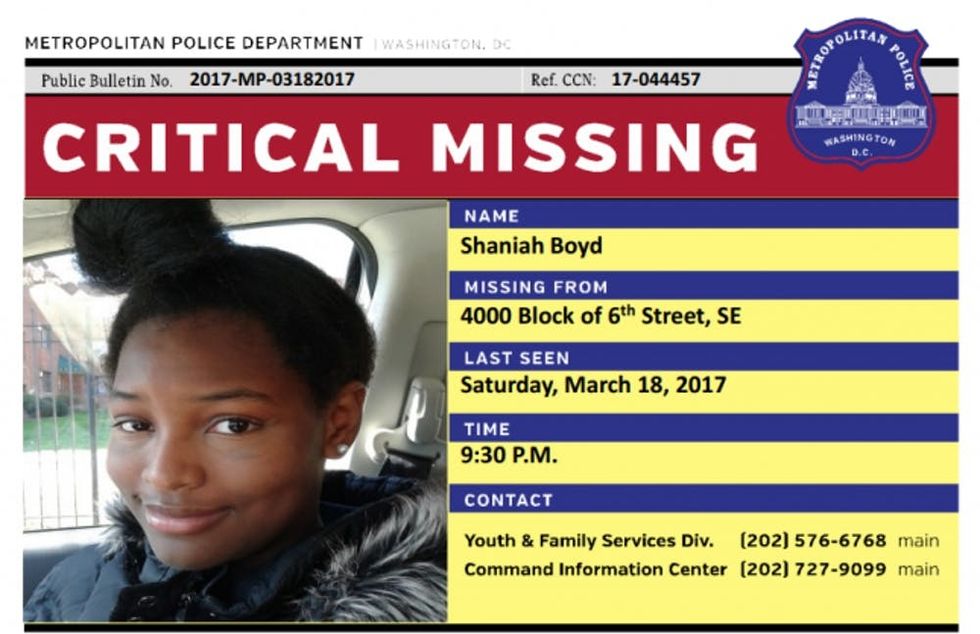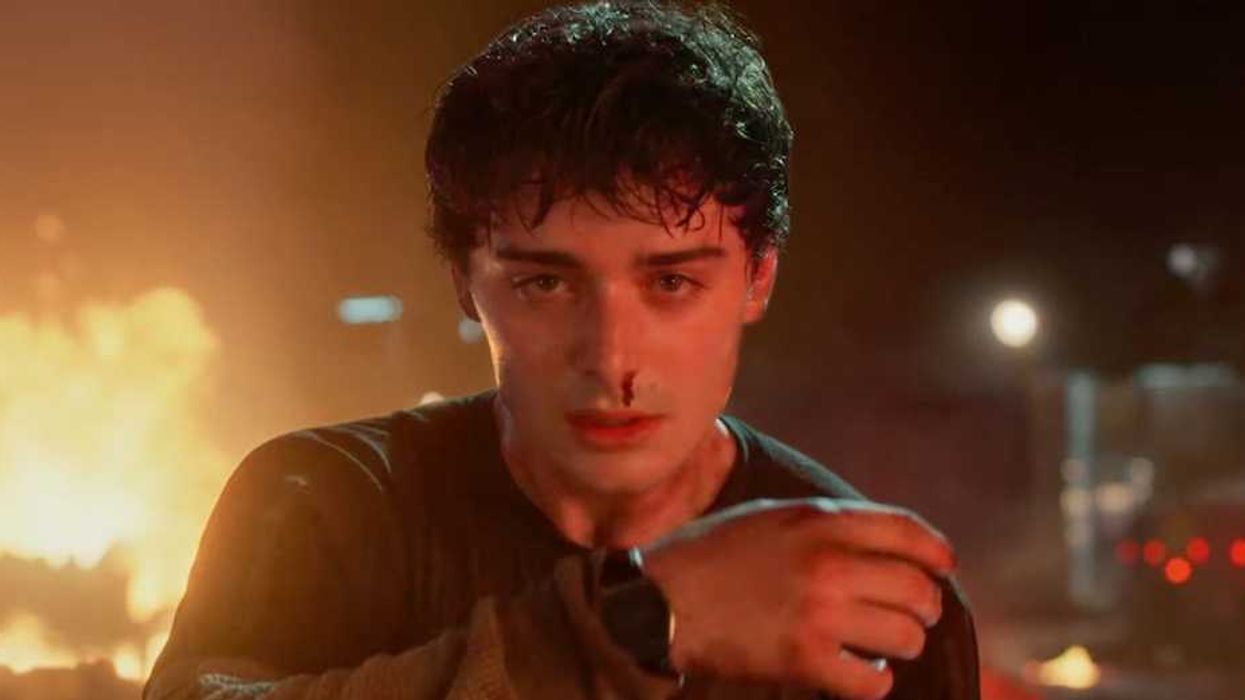More than 500 children, mostly black and Latina girls, have gone missing from DC so far this year.
More Than 500 Children Have Gone Missing from DC in 2017


For weeks, activists have been working to bring national attention to the hundreds of children, mostly black and Latina girls, who have gone missing in Washington DC since the start of 2017. On Friday, the issue went viral on social media with #missingDCgirls after the count of missing girls in the DC area topped 500. According to NBC 4 in Washington, 501 girls were reported missing as of Friday.
This is a serious issue that needs more attention! #SilenceIsDeadly #DCMissingGirls pic.twitter.com/mVcynhkzB6
— Usher Raymond IV (@Usher) March 25, 2017
When the hashtag first went viral, it was frequently accompanied by a statistic that 14 black girls had gone missing from DC in the same 24 hour period. BuzzFeed reported Friday that the statistic was inaccurate, but it is true that more than 500 girls have been reported missing since the start of this year. That’s half a thousand girls in less than three months.
Glad to see #missingdcgirls is trending. We need to hold @DCPoliceDept accountable to do their job and bring these girls back home.
— Rebecca Theodore (@FilmFatale_NYC) March 24, 2017
Despite the fact that the majority of the missing people are young girls, the issue has received little national coverage. Many on Twitter were quick to note that often, cases of missing white women and girls receive immediate and lasting coverage in local and national news, whereas it has been a struggle to bring attention to hundreds of missing girls of color in DC.
If the #missingDCgirls were white, it would have long ago been national news.
They are not expendable.
They deserve safety.
They matter. pic.twitter.com/ce8rRWzfjF— Sam White (@samwhiteout) March 27, 2017
People in the #missingdcgirls tag saying, 'If they were white they'd be on the news'.
No, they'd be found by now.
Find these damn girls.
— Your Father's Keeper (@HomoWitch) March 24, 2017
Though the number of missing girls is staggering, DC police say that the number of missing persons has actually been going down in recent years. In a March 16 press conference, the head of the Youth and Family Services Division with the Metropolitan Police Department (MPD), Commander Chanel Dickerson said, “The number of reported missing persons is not going up,” ABC 7 in Washington reports.
At the same press conference, MPD Chief of Police Peter Newsham stated that the number of missing persons in DC has gone down since 2012: “In 2016, we had almost 1,000 fewer reports of missing persons than we had in 2012.”
6 steps we are taking to protect our youth https://t.co/jPP82vGtvD#talkdontrun help for youth & parents/guardians https://t.co/VWX5GTicCY pic.twitter.com/mx0rc75MFT
— MurielBowser (@MurielBowser) March 24, 2017
But the fact still remains that 501 is a lot of missing children. Kevin Harris, a spokesperson for DC mayor Muriel Bowser, told the Washington Post on Friday that “Often times, these girls are repeat runaways. So if we really want to help solve this problem and bring down the numbers, we have to break the cycle of young people, especially young girls, who repeatedly run away from home.”
On Friday, Bowser and the MPD announced that the District will increase the number of officers dedicated to locating missing children. The mayor also said that MPD will create a special task force that will focus on learning why the missing children are running away from home, and what the District can do to help stabilize their home lives, the Washington Post reports. The Congressional Black Caucus has also requested that the FBI be brought in to help with missing children investigations.
According to CNN, the Congressional Black Caucus (CBC) wrote to Attorney General Jeff Sessions and FBI director James Comey on Tuesday to “devote the resources necessary to determine whether these developments are an anomaly, or whether they are indicative of an underlying trend that must be addressed.”
While the MPD has stated that most of the girls who go missing are repeat runaways, the CBC cautions that this is an assumption often made about missing girls of color and not victims of abduction and trafficking. In their letter to Sessions and Comey, the CBC stated, “Whether these recent disappearances are an anomaly or signals of an underlying trend, it is essential that the Department of Justice and the FBI use all of the tools at their disposal to help local officials investigate these events.”
Here's our letter w/ @EleanorNorton on missing Black and Latina girls, and how folks assume they're runaways, not victims. #MissingDCGirls pic.twitter.com/uTchoUr9Rt
— The CBC (@OfficialCBC) March 24, 2017
Of the 501 children who have gone missing so far in 2017, all but 22 have been found as of last Wednesday, CNN reports.
But all of this still points to a national problem. According to 2015 FBI data about missing persons, 181,445 of a total 490,450 missing people under the age of 21 were black, for a total of 37 percent. The official number of Latino juveniles and minors is harder to determine, as the FBI does not publish separate statistics for this demographic. Officially, Latinos are grouped in with white people in FBI data.
Now that the story of missing girls in DC is garnering national attention, there’s more hope that mounting pressure from the public will bring about necessary change.
Do you have thoughts about the 501 children who have gone missing in DC so far this year? Let us know on Twitter @BritandCo.
(Images via Metropolitan Police Department + Tim Boyle/ Getty)

















